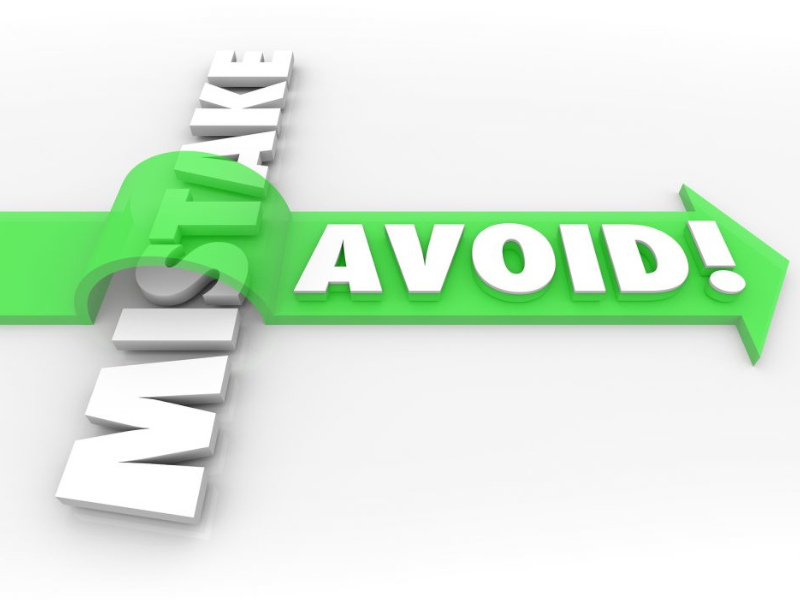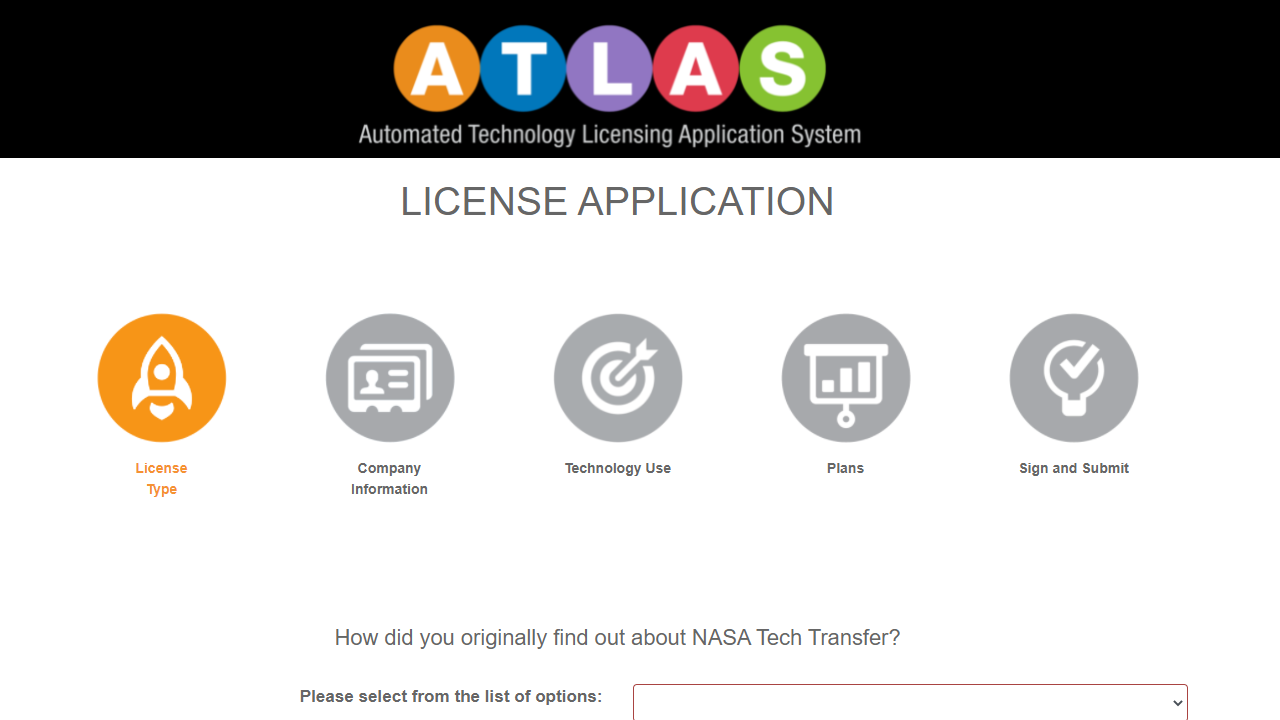
The NASA Technology Transfer program offers businesses the opportunity to license NASA-developed intellectual property (IP) for use in commercial industry. Each potential licensee must submit a license application to be considered for a license agreement. How does this process work and what potential issues should companies look out for during the application process? Let’s find out!
The typical process for licensing a technology from NASA involves 4 steps:
- FIND – identify the NASA technology you wish to license by browsing https://technology.nasa.gov/
- APPLY – submit a license application for this technology through the listing on the website
- SET TERMS – work with a NASA licensing manager to set the license agreement terms
- SIGN – sign the final license agreement for execution by NASA
Potential licensees often ask what is required to complete the license application and what NASA’s expectations are, so let’s take a closer look at the application process.
How to submit a license application
Once your company has identified the technology it wants to license, you’ll need to submit a license application. The steps to submit a license application are:

- Open the technology listing posted on https://technology.nasa.gov/ and click “Apply Now to License This Technology!” on the right side of the page.
- You will be prompted to create a NASA guest account if you do not have one yet. The guest account can also be referred to as your AUID (agency user ID) when you return to log in later (you’ll use your email and password to log in). You can also set up the guest account at this link: https://guest.nasa.gov/. Once your account is created, the application should open. The first section of the application will determine your license type (evaluation, commercial, or Startup NASA) based on your answers. Before advancing to the next section, check the bottom of the page to confirm that your intended license type is listed.
- Complete the rest of the application with detailed and specific answers – you are more likely to be granted a license if you submit a well-polished application. You can always exit a partial application and complete it later. The application system will save your progress automatically. You can return to your open applications any time using this link: https://technology.nasa.gov/apply/dashboard/
- Once you have completed all fields in the application, click “Submit” in the “Sign & Submit” tab and be sure to complete the e-signature process that follows. Once you have signed, your application has been submitted correctly. You will receive a confirmation email.
What are the mistakes to avoid when applying for a NASA Technology Transfer license?
Common issues that companies run into during the application process
Applying for the wrong license type
1. Before jumping into the application, we highly suggest identifying the license type your company wants to pursue. The applications for different license types ask for different information, so submitting the wrong application type may require you to repeat the process later. Since some technologies have limits on their availability, you can contact our team to ensure your preferred license type is available before applying. NASA offers three types of license agreements:
- Evaluation (Research) License – normally a 12-month agreement, this allows a company to internally evaluate the technology’s potential and develop it for commercial applications. This is the agreement most companies start with before committing to a longer-term commercial license.
- Standard Commercial License – a longer-term agreement that enables your company to sell a commercial product or service based on the technology. This is the agreement most companies execute after a successful evaluation license.
- Startup NASA – a specially tailored non-exclusive commercial license, only available to recently formed U.S.-owned companies. This agreement is similar to any other commercial license but with many royalties waived in the first three years. This allows the startup company to direct more resources toward technology development. Be aware that there are some technologies and scenarios where NASA cannot offer this agreement.
2. The system will send you to the license type that is most logical based on your answers in the “Application Type” section. You cannot choose your application type directly, but changing your answers in this section will change the recommended type. Before advancing through this section, ensure that the listed application type aligns with your intentions.
Insufficient information in the application
3. NASA must ensure a potential licensee’s resources and capabilities are well-suited for development and commercialization of the technology before issuing a license. This information, along with other information required by federal licensing requirements, is collected through the license application. The questions are all derived from requirements in the U.S. Code of Federal Regulations. While some questions are more open-ended than others, NASA expects applicants to give specific and detailed responses to the prompts. It is important that your application clearly conveys your intentions for the technology, your resources and capabilities available for the project, your commercialization plans, and any other information that NASA may use to ensure your capabilities align with your intentions. The more information you can provide, the better off you will be.
Technology is not viable for a company’s intended use
4. Companies often need to consult with the NASA Technology Transfer team to determine whether a technology is a good fit for their intended commercial application. However, there are several publicly-available sources of information on these technologies that companies may want to check first:
- Patents issued for the technology, listed at the bottom of each technology page at https://technology.nasa.gov/. Patent-pending technologies will not have patents listed yet.
- The NASA Technical Reports Server (NTRS) contains publications on many technologies, which you can browse through a filtered search. As mentioned earlier, key terms to use in your search filter can be found in patents.
- Our YouTube channel contains videos and webinars on many technologies: NASA Technology Transfer Program - YouTube
- Searching online for press releases, conference publications from inventors, etc.
Unrealistic timeline or milestones
5. Applicants should remember that it may take several months to execute a license agreement after an application is received. While NASA strives to execute agreements as quickly as possible, legal considerations and federal licensing requirements may slow down the process. We’d suggest applying for a license well before your intended start date for the project, if possible.
All license applications ask for milestones that the licensee plans to hit during evaluation, development, and commercialization of the technology. Your milestones should be reasonable based on your company’s current resources and capabilities, with the understanding that your milestones may change once you begin to work with the technology. Be as specific as possible with your stated milestones. NASA may elect not to issue the license if there is a clear disconnect between your stated intentions, capabilities, and milestones. NASA technologies available for licensing will be at various technology readiness levels. Most will take a minimum of 12 months to be developed and adapted for commercial applications.
Our program is happy to help with any questions about the licensing process. We will work with you to determine whether licensing a NASA technology makes sense for your business. If you have questions about licensing from NASA, don’t hesitate to reach out to our licensing concierge, Cory Abercrombie, at Agency-Patent-Licensing@mail.nasa.gov.




